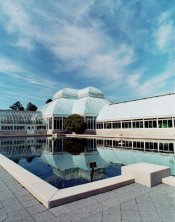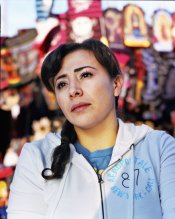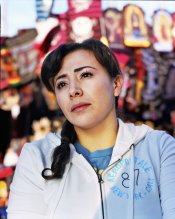But I sure get tired of all this whining and "the sky is falling" pessimism.
I agree. I think it's a great time to work with traditional methods.
-While many beloved products are gone, those that are still here are of top quality.
-Being able to buy cameras, enlargers, papers, film, etc. at pennies on the dollar allow us the opportunity for experimentation, using materials which would have been out of reach not too long ago.
-Those still working with analog processes are now part of a brother/sisterhood, and I find them very charitable with their knowledge and experience.
-Instant gratification is now the way of the world. We work in a slower, more methodical manner, which (for me, anyway) yield much more gratifying end results.
I often wondered why "the sky is falling" contingent ever visited APUG. I haven't seen those I refer to recently, but, if I held their beliefs, this would probably be the last place I'd frequent. Unless, of course, it's the only way they can justify their own decisions.
I'm not Nostradamus. I can't see very far into the future. As such, I won't let the fear of all this ending paralyze me. Given a good deal, I stock up on film and paper. But, I still shoot, and print, as if I have an infinite supply of both, and as if my "masterpiece" is my next exposure/print.




















